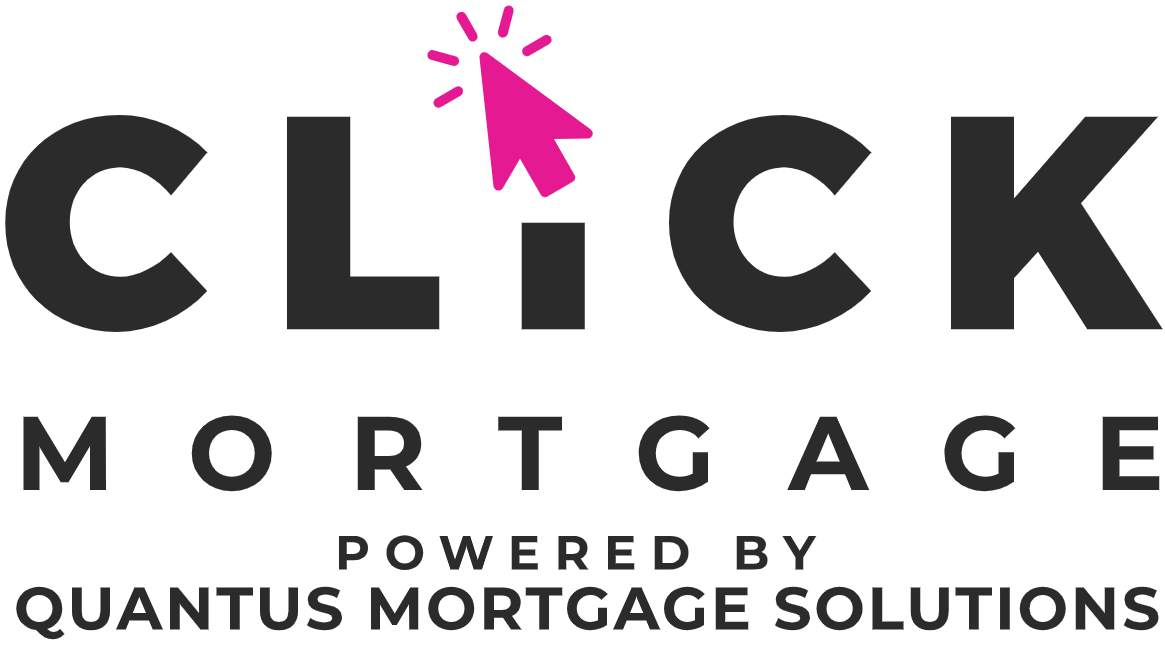RRSP home buyer’s plan (HBP)
4 -MINUTE READ
TL;DR: you can take up to $35k ($70k/couple) out of your RRSPs tax-free to buy your first home. You pay back your RRSP over 15 years, or you pay the tax on the withdrawal over 15 years.
In Canada, home buyers are able to use some of their money from a Registered Retirement Savings Plan (RRSP) to pay a down payment on a home. The Home Buyers’ Plan allows up to $35,000 to be taken out of an RRSP tax-free, if it is used as a down payment. That means, if you and your partner are looking to purchase a home, you can both take out $35,000 from your RRSP.
Your RRSP funds may simply be sitting inside the RRSP as cash, or those funds may be invested into things like stocks, mutual funds, ETFs or other investments. Depending on the type of investment and the volatility, you may want to sell the investments in advance of needing the funds for a down payment. If you do this, DO NOT withdraw the funds from the RRSP yet. You must have an accepted offer to purchase a property before you can complete an RRSP withdrawal under this program. These funds will not be required until approximately 1-2 weeks before you take possession of your new place. You will still need to pull together funds for a deposit with your offer to purchase. Your HBP withdrawal can then be used to recoup the money you used for the deposit with your offer.
First time home buyer eligibility
To be able to access this money from your RRSP, you need to meet all of the following:
-
The RRSP funds must have been in the account for at least 90 days
-
You have not owned a home since January 1 of the year that is 4 years ago. Yes that sounds silly. Here’s how it works: If you buy in June 2019, you go back 4 years – that’s June 2014. Go back to January 1 of that year. Now you’re at January 1, 2014. You cannot have owned a home any time after January 1, 2014.
-
You cannot have lived in a home owned by your spouse in the last four years (calculated the same way)
-
There is a written agreement you will buy the home (an offer to purchase)
-
Must live in the home within a year of purchase
-
You cannot have any outstanding balance if you have used the Home Buyers’ Plan before
-
Must take the money from your RRSP within 30 days of taking the title of the property
-
Must be a Canadian resident
Buying with a partner
If you are making the property purchase with a spouse, relative or partner, both of you must meet the requirements to qualify for the higher $70,000 limit. Yet, if you are the only one who qualifies you can still take out money from your RRSP for the down payment, even if your purchasing partner cannot. In this case you would be limited to the $35,000 maximum withdrawal, and the funds must be entirely in your name.
Home Buyers’ Plan process
To utilize the Home Buyers’ Plan, you will first have an accepted offer to purchase a property. Once you have completed the offer process, and your mortgage financing is in place and confirmed, and you know what your total down payment will be, you can then process the withdrawal. To do that, you need to fill in Form T1036, which is available at the Canadian Revenue Agency website. You complete the first section and the financial institution that has your RRSP completes the second section.
You can take the money out before you take possession, which is usually the case. You won’t need these funds until 1-2 weeks before your closing date, as that is roughly when the rest of your down payment money becomes due.
You can also withdraw the money after you take possession, if you happen to have enough funds on hand from other sources to use for the deposit and the down payment. Keep in mind that you need to take the money out of your RRSP within 30 days of taking the title. If you miss this deadline you won’t qualify for the program. This means any withdrawal you make will be taxed.
You must start paying the money back into your RRSP no more than 2 years after your property was purchased. You must be careful that when you put money back into your RRSP, that the deposit is designated as a Home Buyer Plan repayment on your tax return. Keeping track of the repayment is simple as the Canada Revenue Agency will send you the details in a Notice of Assessment. This document lets you know how much you have paid back into your RRSP and how much is still left to be repaid. For an RRSP contribution to count as a payment, it needs to be made in the year the repayment is due or within 60 days of the next year.
Repayment
Each year you will have to repay 1/15th of the withdrawal amount and you won’t get the income deduction for it. You can choose to pay all or some of the required amount, or you can pay more. If you pay less or none back in any given year, the shortfall is added to your income and you pay tax on it. So the HBP is a tax deferral mechanism, mainly. Still very worth it – pay the tax later!
Example: You withdrew $15,000 from your RRSP. You will have to pay back 1/15th, or $1,000, each year to your RRSP. In year 1, your total repayment balance will be $15,000.
The first year, you decide to pay back the full $1,000, so you make the deposit into your RRSP, and you designate this $1,000 deposit as an HBP repayment on your tax return for that year. Your repayment balance is now $14,000.
In year 2, you decide to repay only $500 of the $1,000. On your tax return, you will designate the $500 as an HBP repayment, and you will pay income tax on the other $500 in that tax year. Your repayment balance is now $13,500.
Missing payments
If you miss a repayment into your RRSP, you will have to claim it on your tax return. To do this, you need take the amount you have repaid and subtract it from the repayment amount to find the difference. The difference is then put on line 129 of your return. You will be taxed on that amount and your Home Buyers’ Plan will be adjusted. For example, if you were required to repay $1,300 per year and you only paid $1,000, your taxable income will be the difference, or $300.
For more information, you can see the HBP page on the CRA Website.

